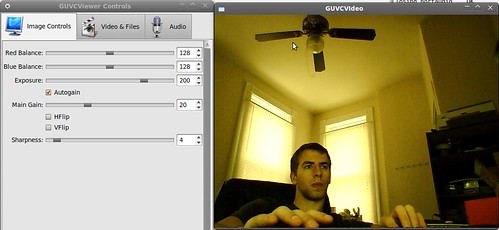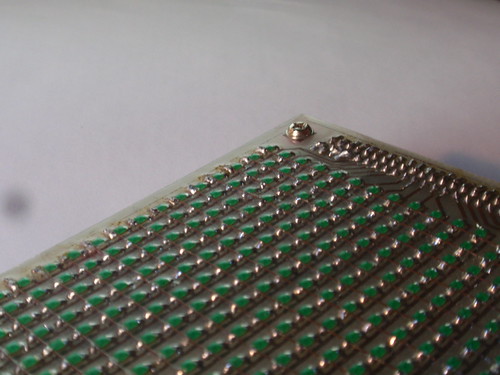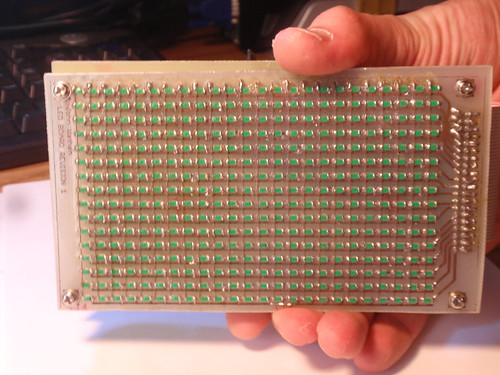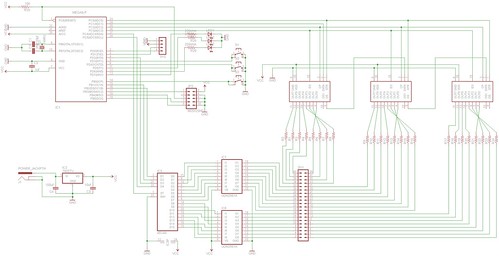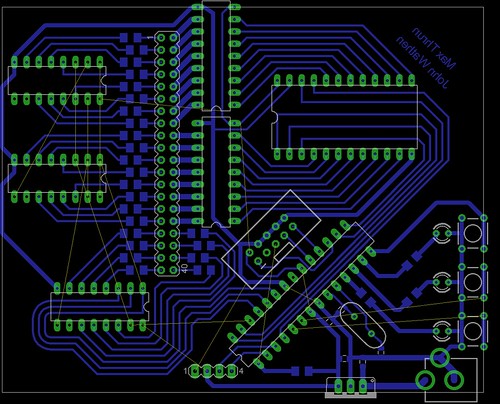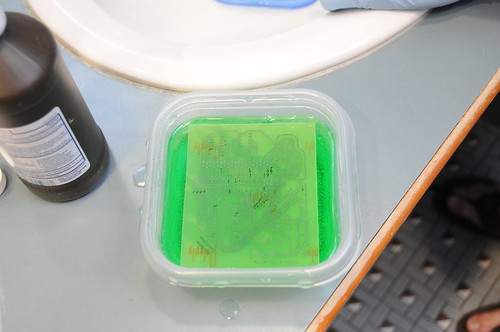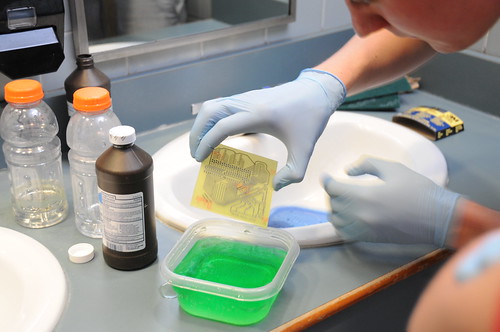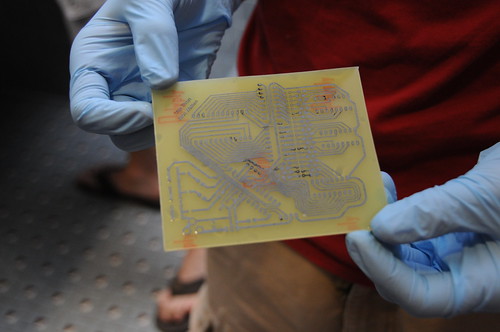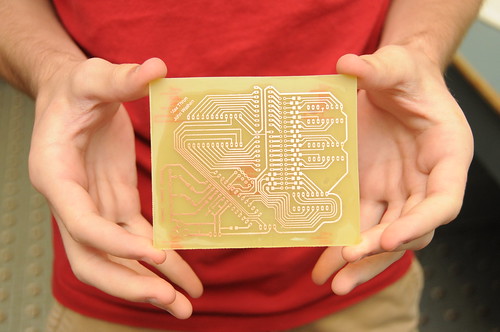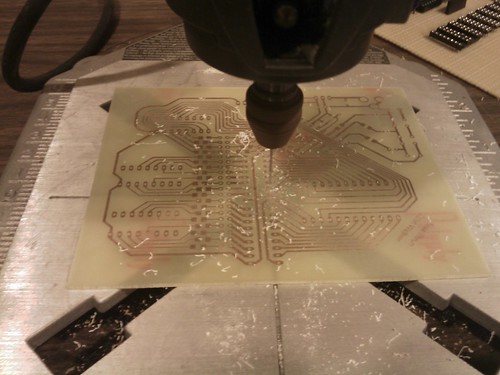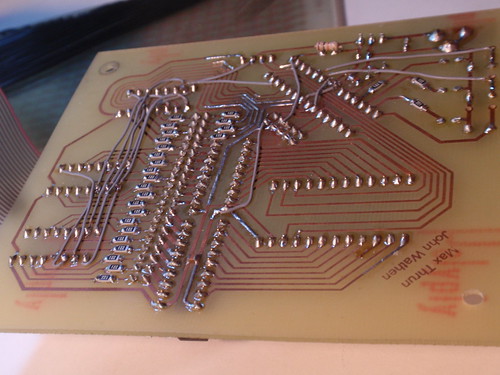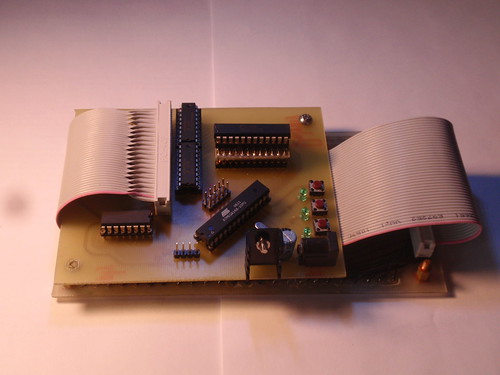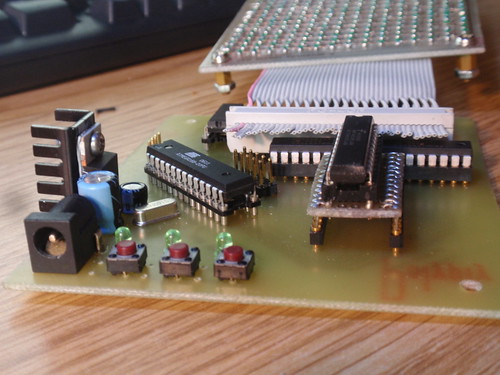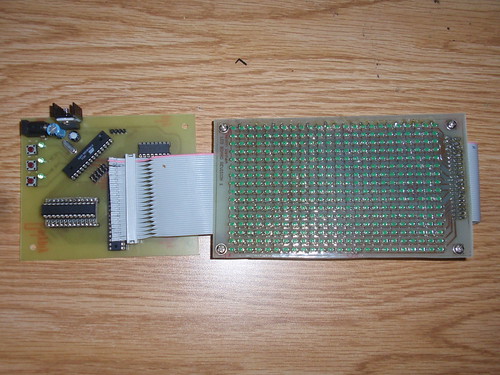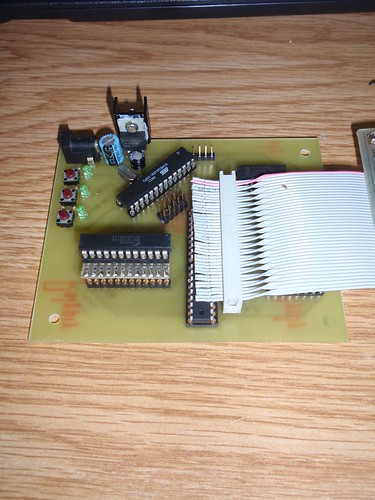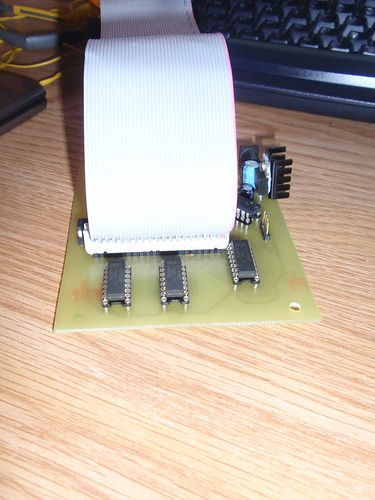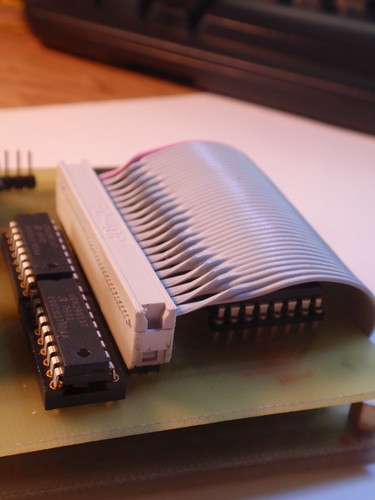You: POST omegle.com/start
Omg: HTTP "123456" <-- random 6 digit 'username' (a-z A-Z 0-9 _ -)
You: POST omegle.com/events?id=123456
Omg: HTTP [["connected"]]
You: POST omegle.com/send?msg=hello&id=123456
Omg: HTTP win <-- funny
You: POST omegle.com/events?id=123456
Omg: HTTP [["gotMessage", "hey"]] <-- message from other person
...
You: POST omegle.com/disconnect?id=123456 <-- quit the chat
Seeing this immediately sparked some thought. Can I request events for other users? Can I send messages to other users? Can I disconnect other users? It seemed all you needed to do was post the command with the user id you wanted to receive events for. As it turns out its almost even better. If you post for events using someone elses user id it will "implode" their chat:

Whats better is that the other person is still connected and they have no idea that their 'stranger' has been imploded. Now you can keep talking to the other person and they have no idea what just happened.
There is one major problem with this however. According to:
http://omegle.com/count
there are on average only about 3k users online at a given time, but the number of possible user ids are
(26+26+10+1+1)^6 = 68,719,476,736
That is a terrible chance of you finding someone quickly. I actually started making a brute forcer (omegle_brute_force.py) but quickly realized that this was an ill fated attempted.
So if you cant find the users, why not have the users come to you? I realized that Omegle would be prime for a classic man in the middle attack. The idea is super simple. I would connect to two strangers just like normal, but instead of me talking to them they would talk to each other through me. As long as I don't inject any messages or anything weird they should have no idea that I'm even there. Here is how the program looks:
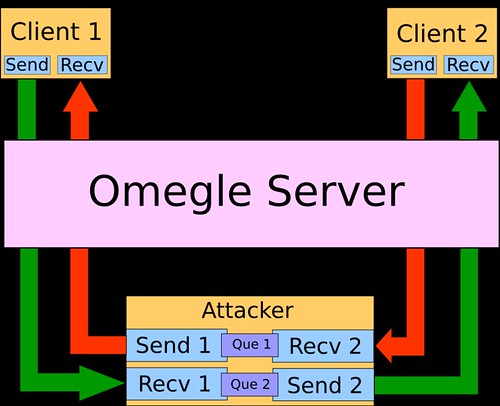
As you can see I am having a legit connection to both client 1 and client 2, but I am transparently passing their messages right through me to the other person.
Doing this was kinda tricky. Whenever you POST for events it blocks until the read is fulfilled. This means that with a single threaded program each person would have to take turns talking since the program would block every time I polled for their messages. Even most two threaded setups have the same problem. The solution I came up with I feel works pretty well. There are four total threads:
1) Sending to client 1
2) Receiving from client 1
3) Sending to client 2
4) Receiving from client 2
Every time the receive thread gets a message it queues it into a stack, so that the sending thread can retrieve the message at its leisure. The result? It doesn't matter if a POST blocks because the sender thread can still work through the queue and the other threads can still send and receive messages.
A classic man in the middle attack:
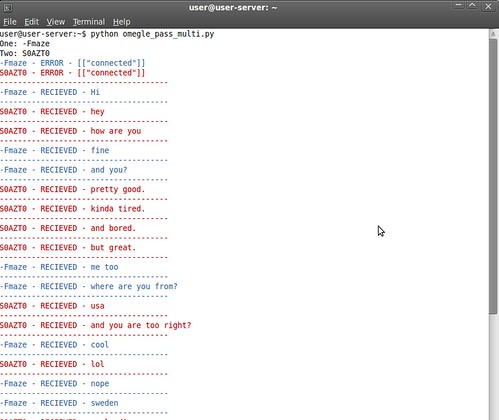
This has some interesting possibilities. I can send messages to one of the clients at the others behalf and the person will have no idea that I sent it. Also what about connecting more then 2 people together? There is no reason I couldn't connect multiple people together in a chat and maybe even append a user tag to each of their messages.
Omegle is a pretty interesting site, and you gotta hand it to Leif K-Brooks for (apparently) single handedly making such a propular site at only 18. I hope that he can implement some needed security to Omegle to prevent this kind of attack in the future.
Download my programs here [mirror].
omegle_man_in_middle.py - program described above
omegle_brute_force.py - attempts to guess user ids and post for events
omegle_class.py - generic class for interacting with omegle
omegle_connect_view.py - connect to omegle and posts for events
omegle_multi_connect.py - connects to multiple people at once. proof of concept that multi connections can be made
omegle_send.py - send messages using a user id
EDIT:
Found another omegle man in the middle attack written in perl [here]
